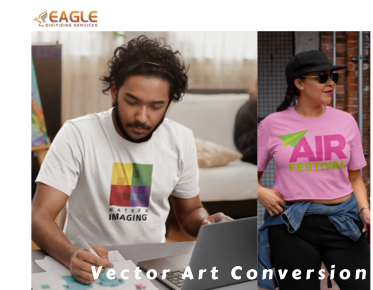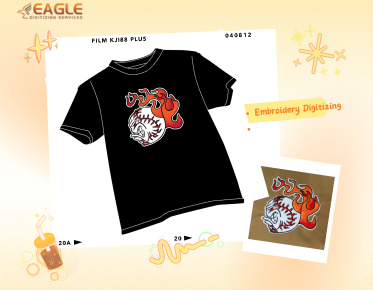Exploring the Possibilities: Can You Use a 3D Printer to Print Directly on a Silk Screen?
In the ever-evolving world of technology, the intersection of traditional methods and modern innovations often leads to exciting possibilities. One such intersection is the use of 3D printing in the realm of silk screen printing. As both techniques have their unique advantages, the question arises: can a 3D printer be used to print directly on a silk screen? This exploration delves into the technical feasibility, potential benefits, and challenges of integrating these two distinct processes.
The Basics of Silk Screen Printing
Silk screen printing, also known as serigraphy, is a time-honored technique that involves creating a stencil (or screen) and using it to apply layers of ink on a substrate, typically fabric or paper. The process is renowned for its ability to produce vibrant colors and intricate designs, making it a favorite in the textile and art industries. The screen itself is a mesh stretched over a frame, with areas blocked off to create the desired image.
Understanding 3D Printing Technology
3D printing, or additive manufacturing, is a process of creating three-dimensional objects from a digital file. The printer lays down successive layers of material until the object is fully formed. This technology has revolutionized manufacturing, allowing for rapid prototyping and the creation of complex geometries that would be impossible with traditional methods.
Integrating 3D Printing with Silk Screen Printing
Technical Feasibility
The idea of using a 3D printer to print directly on a silk screen is intriguing but presents several technical challenges. The primary concern is the compatibility of materials. Silk screens are typically made from polyester or nylon, which may not adhere well to the materials used in 3D printing, such as PLA or ABS plastics. Additionally, the precision required for creating a functional screen with a 3D printer is significant, as any imperfections could affect the quality of the print.
Potential Benefits
Despite the challenges, there are potential benefits to this integration. A 3D printer could theoretically create more intricate and precise stencils than traditional methods, allowing for greater detail in the final print. This could open up new possibilities for artists and designers looking to push the boundaries of silk screen printing.
Challenges and Considerations
One of the main challenges is ensuring that the 3D printed material does not clog the mesh of the silk screen, which would render it unusable. Additionally, the cost and time associated with 3D printing a screen may outweigh the benefits, especially for large-scale production. There is also the question of durability; a 3D printed screen may not withstand the repeated use and cleaning that traditional screens endure.
Current Innovations and Future Prospects
While the direct use of 3D printing on silk screens is still largely experimental, there are ongoing innovations in the field. Some companies are exploring hybrid techniques that combine 3D printing with traditional screen printing to enhance the capabilities of both. As technology advances, it is conceivable that new materials and methods will emerge, making this integration more feasible.
Conclusion: A New Frontier in Printing
The integration of 3D printing with silk screen printing represents a fascinating frontier in the world of printing technology. While there are significant challenges to overcome, the potential for innovation is immense. As we look to the future, it is exciting to consider how these technologies might evolve and intersect in new and unexpected ways. For those interested in exploring the creative possibilities of printing, Eagle Digitizing excels in delivering professional vector conversion services, transforming creative visions into scalable designs. What new artistic expressions might emerge from this fusion of old and new?


.png)
